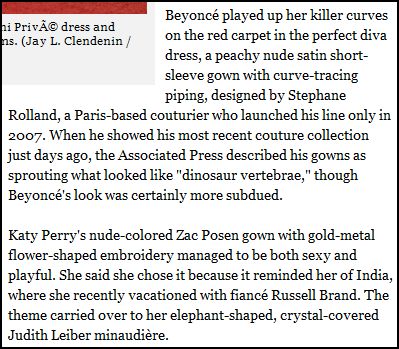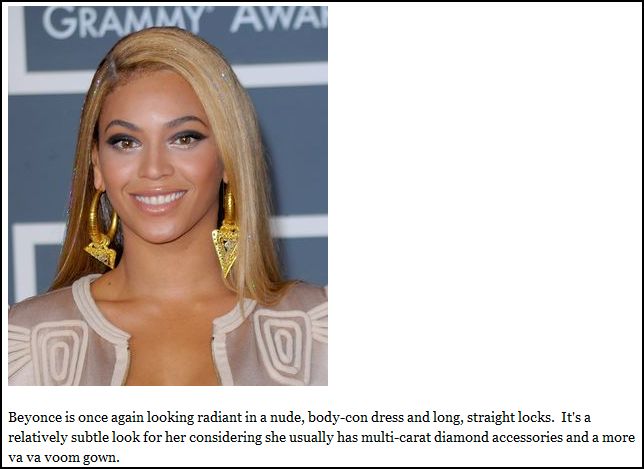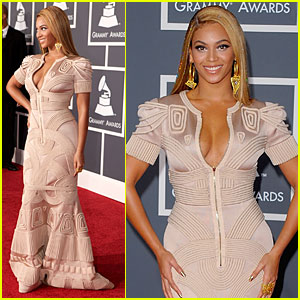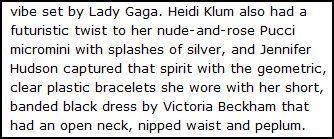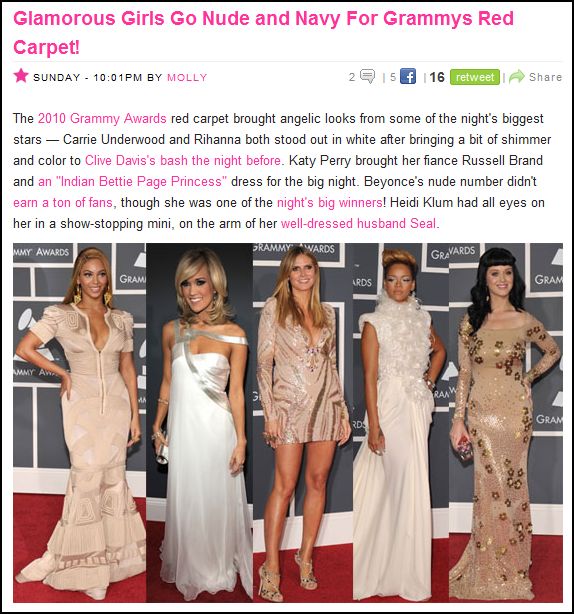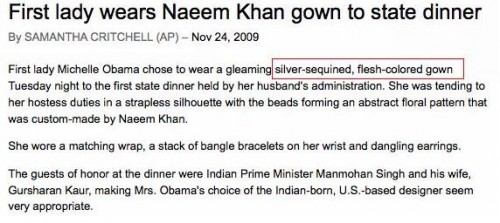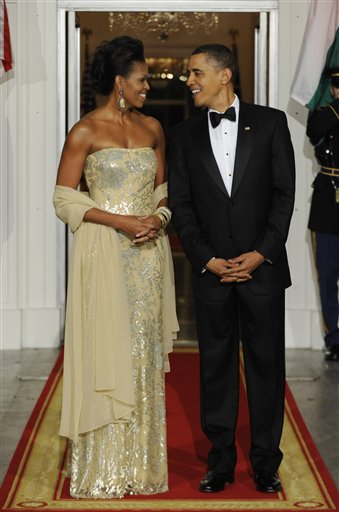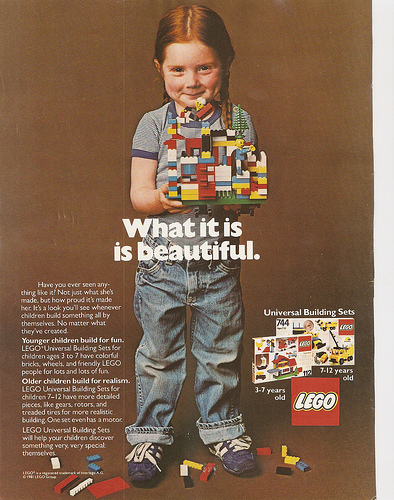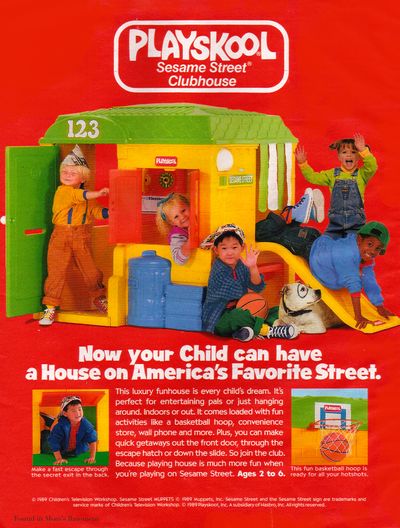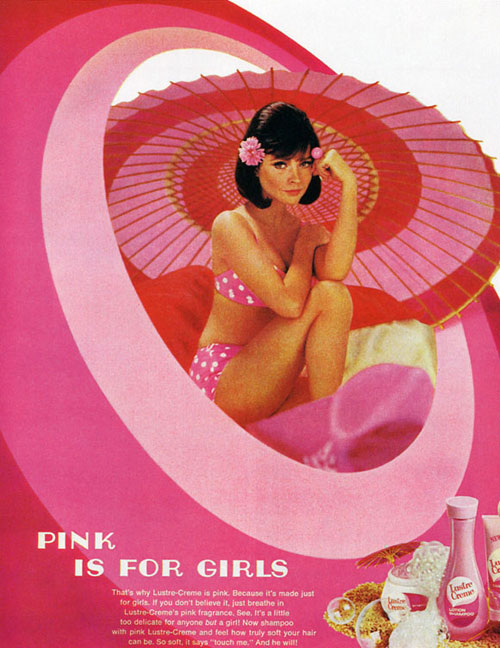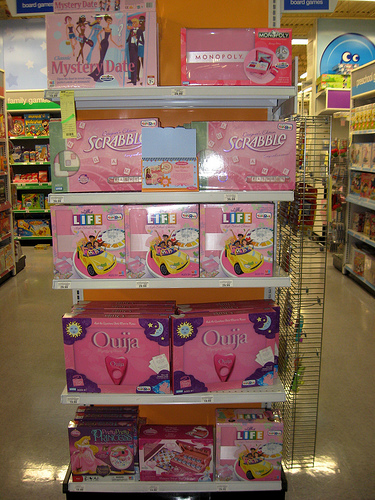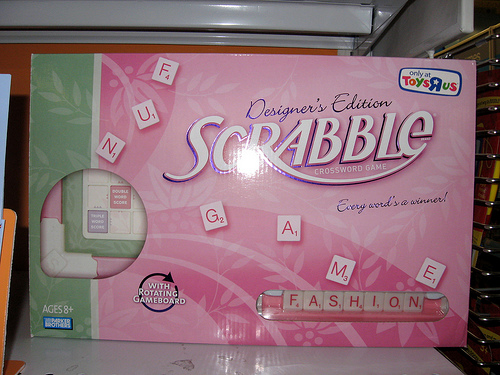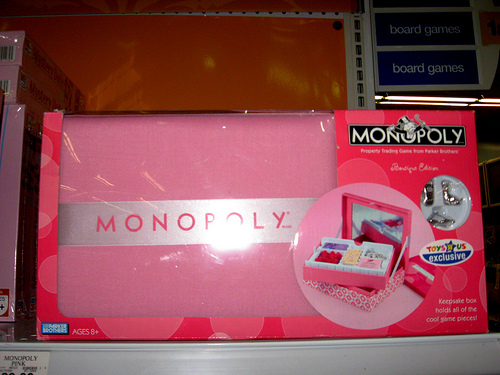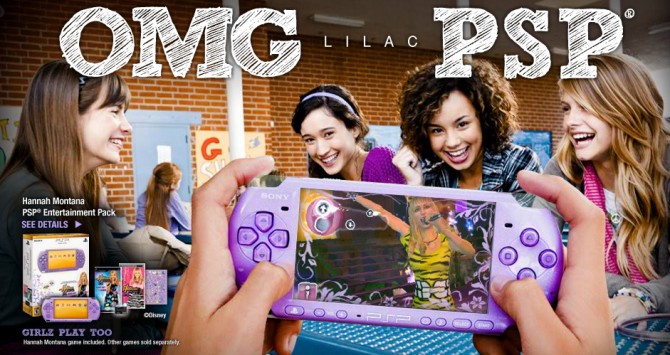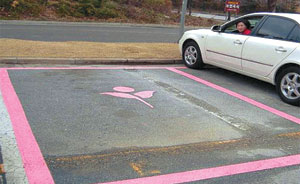I thought Samatha Critchell’s description of Michelle Obama’s light tan or “champagne” dress as “flesh colored” might get her fired. If nothing else, I figured it’d be warning to all other journalists out there to, for gawd’s sake!, watch your racist language.
But, alas, the parade of “champagne”-colored gowns at this year’s Grammy’s had led a flood of fashion writers talking about the color “nude.” Here are just a handful of examples from the first three pages of my google search
Elsewhere in the Los Angeles Times:
VH1:
Keri Hilson and her dress:
Popsugar:
Of course (almost) no one is actually “nude”-colored, but the term still manages to naturalize whiteness insofar as white people’s skin color tends to match colors described as “nude” moreso than the skin color of non-white people (though there are always exceptions). I’m really surprised that journalists are still managing to get this language past their editors.
Lisa Wade, PhD is an Associate Professor at Tulane University. She is the author of American Hookup, a book about college sexual culture; a textbook about gender; and a forthcoming introductory text: Terrible Magnificent Sociology. You can follow her on Twitter and Instagram.

